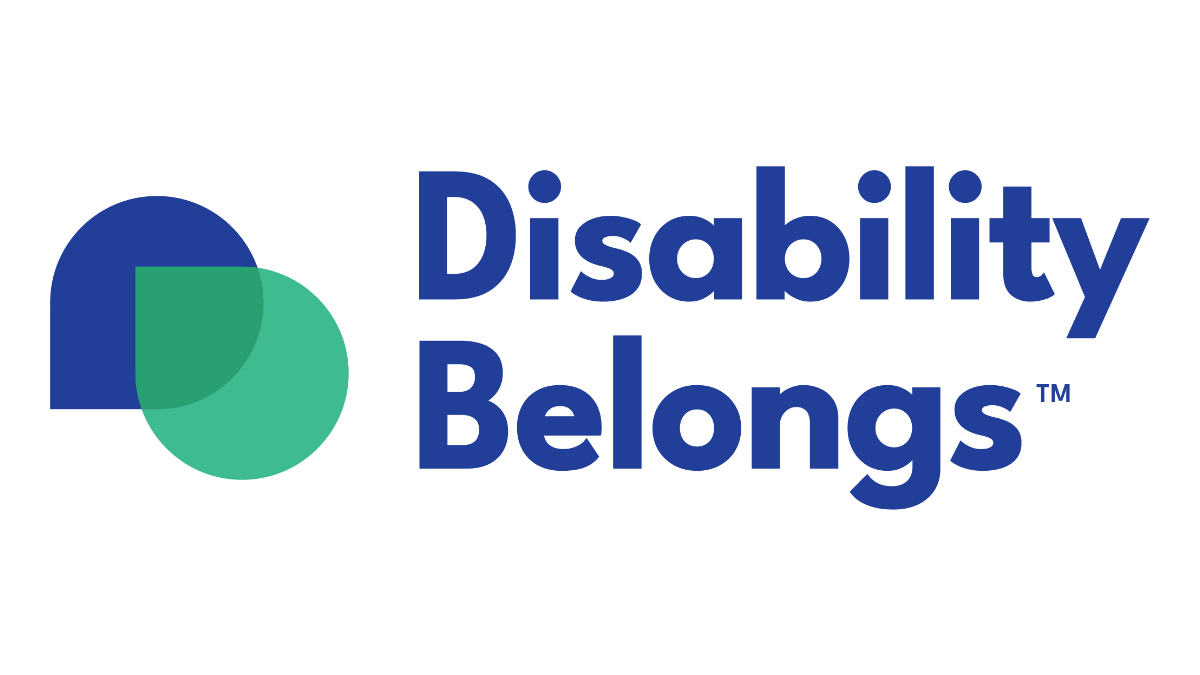Washington, D.C., Jan. 26 – Until their child is born, most parents wait in anticipation. They pick out baby names, scour parenting books, and dream about what kind of person their child will become. But what happens when expectation doesn’t meet reality? Marlee Matlin’s directorial debut “Ava’s Story,” the second episode of crime drama Accused, presents a real-life example to that question: the cochlear implant debate.
The episode revolves around Ava (Stephanie Nogueras), Deaf* surrogate to hearing couple Max and Jenny (Aaron Ashmore and Megan Boone). All is well, until they discover their child Lucie is deaf. The couple wants Lucie to use cochlear implants; Ava wants to protect Lucie’s deafness. In a moment of desperation, Ava kidnaps the baby. Some viewers may be quick to judge her impulsivity, but Matlin shows that the cochlear implant debate is nothing but complex, deftly weaving each character’s passion and motives into a more complete picture.
Max and Jenny represent the medical perspective, which views deafness as something that needs to be “fixed,” often through surgery and devices like cochlear implants. They believe that being hearing will lead to an easier life. Jenny tries to explain her rationale to Ava, who’s disappointed with this belief.
The Deaf perspective sees cochlear implantation as deeply offensive and deafness as a cultural identity to celebrate, effectively conveyed through the dialogue and acting. Words like “child abuse” and “mutilation” punctuate Ava’s sentences throughout the episode. Her partner KJ (Joshua Castille) also accuses Jenny of treating Lucie like a “broken damaged package,” should the couple move forward with the surgery.
As a cochlear implant recipient, I empathize with both sides of the argument. Max and Jenny grew up hearing, so they believe the only way for Lucie to thrive in a hearing-dominant society is by becoming like them. Ava has a processor yet chooses not to use it because it gives her headaches, a real struggle cochlear implant recipients face.
Some people assume that cochlear implants give recipients immediate, clear access to sound post-surgery, but that’s not true. It requires incredible effort and time for deaf children to learn how to speak like their hearing peers—and that result is not guaranteed. The potential reality of pain and isolation looms over the child, a reality that Ava wants to protect Lucie from. At the end of the day, all the adults want a happy life for the child.
Since the deaf experience remains underrepresented on screen, I appreciate the filmmaking techniques Matlin uses to give viewers an idea of what it’s like to be Deaf in a hearing world. In the scene where Ava goes into labor, Matlin turns to Ava’s point of view and cuts out the sound to show how disorienting the experience is for her. The doctors and parents all wear masks, they’re gesturing frantically at Ava, and no interpreter is present in the room.
The authentic casting of Deaf actors for Ava, KJ, and her lawyer (Lauren Ridloff) also plays a huge role in portraying accurate sign language, which the Deaf community expressed frustrations about in other television shows and films. Crucial elements, such as facial expressions, hand movements, and mouthing, communicate the language’s richness and culture.
It’s important to remember that “Ava’s Story” is not representative of all deaf people’s experiences. Few TV shows and films feature deaf individuals in lead roles and for those that do, some of them neglect the character’s storyline and/or miss the opportunity for authentic portrayal. By choosing Matlin as director, putting a deaf person in leadership, the show approaches “Ava’s Story” with an honesty and sensitivity that challenge future films to measure up to the same standard.
*There’s a distinction between deaf and Deaf. The lowercase “d” describes the audiological condition tends to use spoken language. The uppercase “D” identifies those who are culturally Deaf and is part of the community, connected through sign language. There isn’t a consensus on the naming convention (e.g. “deaf” vs “d/Deaf”) for now since the deaf, Deaf, and hard of hearing communities are so diverse.









